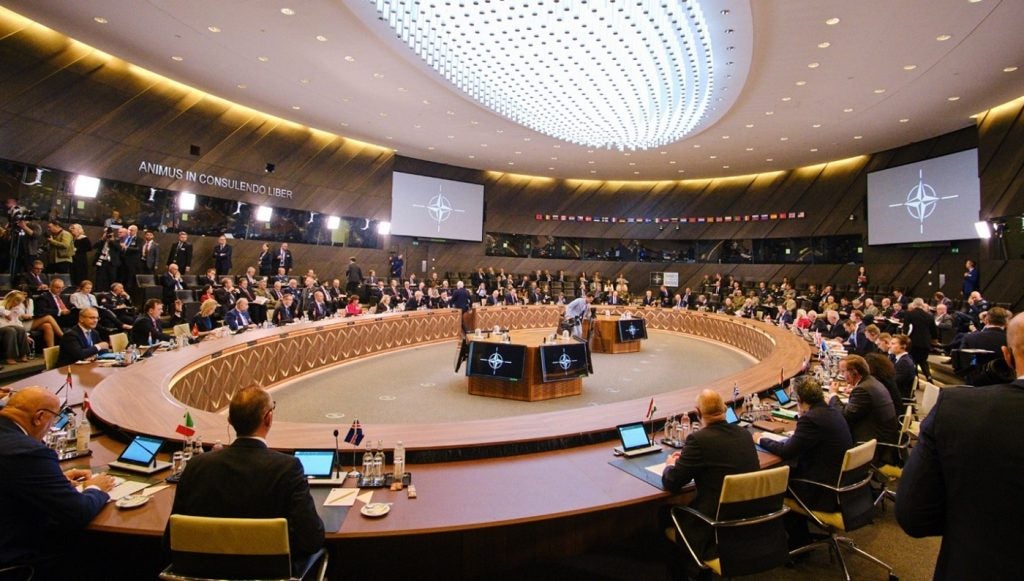It has been three months since Nato’s summit in Vilnius, where partner nations met to agree upon various decisions such as increasing defence spending, expanding ammunition production and building closer security ties with Ukraine as it continues to wage its four-month long counter-offensive against invading Russian forces.
However, the host nation has expressed its desire to see these commitments come into fruition.
On the sidelines of the Nato Defence Ministers’ meeting this week, Lithuania’s Minister of National Defence, Arvydas Anušauskas, urged the military alliance that it must quicken the pace for delivering pledges made at Vilnius.
“We [must] quickly implement the decisions made in Vilnius. The feasibility of Nato’s defence plans is of particular importance.”
Anušauskas is interested in one pledge in particular: implementing the rotational air defence model across Nato’s eastern borders.
“Lithuania is also asking for the practical implementation of the Rotary Nato air defence model in our country. This is particularly important for us,” Anušauskas insisted.
GlobalData expects the global missile defence systems market to be led by Europe, with a revenue share of 31.1%. This projection adds colour to the Baltic desire to interoperate with partner missile defence systems.
Having met separately with the defence ministers of Greece, Spain, Norway, Finland and Germany, Anušauskas invited the five partners to contribute practically to the implementation of the model.
Implementing the Vilnius decision for a Rotational Air Defence Model
A month before the Vilnius summit, the decision was made to set up a Rotational Air Defence Model in June, outlining ground-based air and missile defence deployment on a rotational basis with an aim to increase the readiness of the alliance’s air and missile defence capabilities.
At Vilnius, a joint declaration of Lithuania, Latvia and Estonia was signed to encourage their partners to contribute capabilities in implementation of the model.
At the time of the declaration, Anušauskas stated that collaborating with allies to implement the model will, he hopes, “ensure a smooth transition from air policing to air defence.”
Nato has been conducting air policing across Baltic airspace as a way of safeguarding the integrity of their sovereign territory. Fundamentally, Nato tells us that this mission is “a clear sign of cohesion, shared responsibility and solidarity across the alliance.”
As far as Anušauskas is concerned, Nato is attempting to make a “transition” from aerial presence to aerial security; much in the same way as countries furnish Ukraine with air defence systems.









